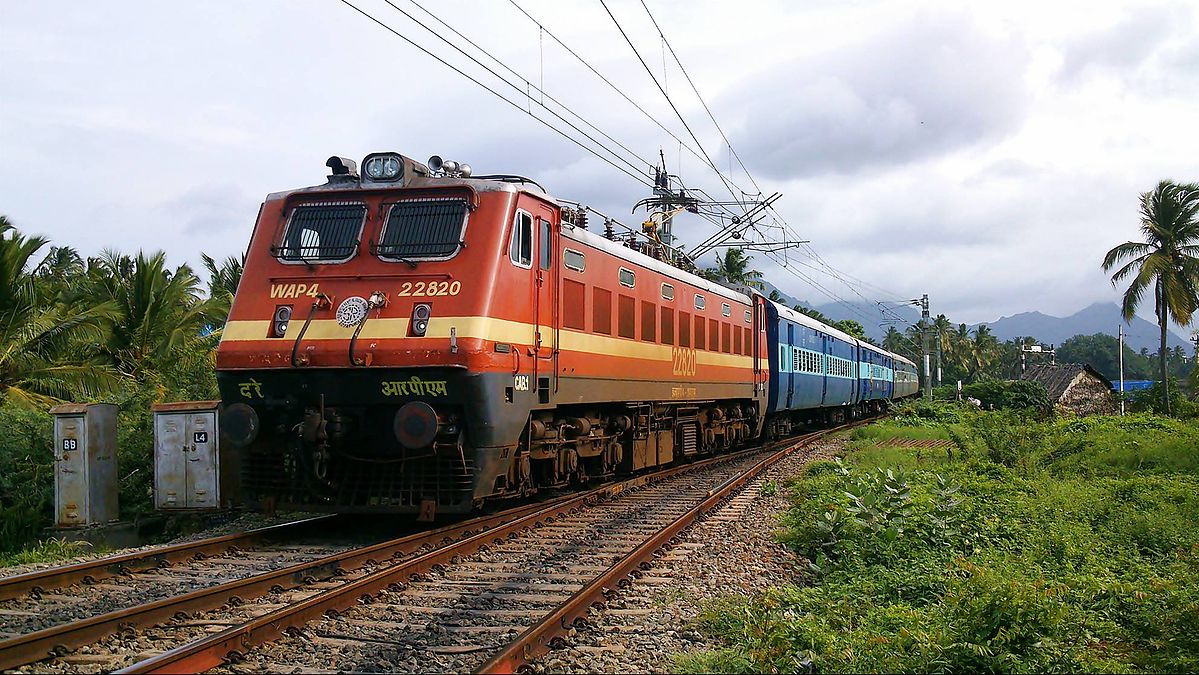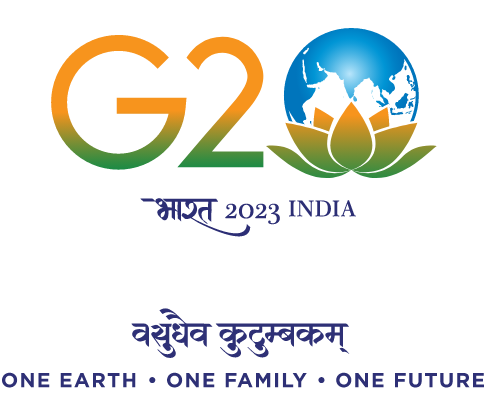Indian Railways implements Provision of 750 V power supply for maintenance of Linke Hofmann Busch (LHB) rakes at washing/sick lines
Indian Railways awards infra creation at 411 washing/pit lines covering the entire country at Rs 210 Crores
316 Washing/Pit lines completed by the end of July 2023
Rest are targeted for completion by Q2 of 2023
The infrastructure so created would yield a net savings of Rs 500+ Cr every year in Ordinary Working Expenses
This work is a step towards IR’s low carbon transition pathways to adopt a carbon-neutral growth strategy
In November 2016, Railway Board took a policy decision to switch over 100% of its production to LHB coaches from April 2018. An energy review undertaken at the Railway Board showed that in 2021-22 base the diesel consumption on testing and maintenance of LHB rakes at washing/pit lines was about 1.84 lakh liters per day amounting to an annual recurring expense of approx. Rs 668+ Cr which was projected to increase @ 20+% p.a. being a combined function of diesel prices and LHB fleet induction. Comparatively, grid electrical energy is 70% to 80% cheaper. This issue is typical to LHB and does not arise in ICF coaches, and therefore, infrastructure and capacity creation at washing/pit lines by providing a 750V power supply for testing & maintenance of LHB rakes was important.
With this aim, capital works for 411 washing/pit lines on Indian Railways (IR) were sanctioned at a total capital cost of approx. Rs 210 Cr. It was a thrust area monitored by the Railway Board in a span of less than one year, capital works were sanctioned and works awarded for infra creation at 411 washing/pit lines, covering the entire IR, and by the end of July 2023 works at 316 washing/pit lines have been completed. Rest are targeted for completion by Q2 of 2023.
The infrastructure so created, by investing a capital of Rs 210 Cr in infra capacity creation at washing/pit lines, would yield a net savings of Rs 500+ Cr every year in Ordinary Working Expenses. Coupled with the target of the HOG-compliant locomotive fleet on IR, savings shall be much higher. These a part of IR’s efforts to improve the operational viability of passenger services, particularly the Mail / Express segment through non-tariff measures by reducing costs and improving efficiency with optimisation.
IR is deeply committed to cutting fossil fuel dependence and reducing its carbon footprint in the economy to achieve Net Zero by 2030. The Hon’ble PM had laid down this in the National Statement at COP 26. This work is a step towards IR’s low carbon transition pathways to adopt a carbon-neutral growth strategy.
The above showcases IR’s relentless pursuit of identifying works and areas that fetch discernible benefits – in terms of safety, cost economies, carbon footprint, and HR efficiency.
Work: ‘Provision of 750 V power supply for maintenance of LHB rakes at washing/sick lines’
Cost Benefit IR’s Total Capital Cost Rs 210 Cr approx. Rs 500+ Cr annual recurring net cash savings in O.W.E. (Ordinary Working Expenses) at 2021-22 base Non-tariff measure to reduce losses/subsidy on passenger services: Rs 500+ Cr is a direct reduction of cross-subsidization of passenger by freight services in general and improves operational viability of passenger services in Mail / Express segment in particular. CO₂ emission reduction by energy substitution – fossil fuel with grid Rs 500+ Cr annual recurring net cash savings in O.W.E. (Ordinary Working Expenses) at 2021-22 base Non-tariff measure to reduce losses/subsidy on passenger services: Rs 500+ Cr is a direct reduction of cross-subsidization of passenger by freight services in general and improves operational viability of passenger services in Mail / Express segment in particular.























